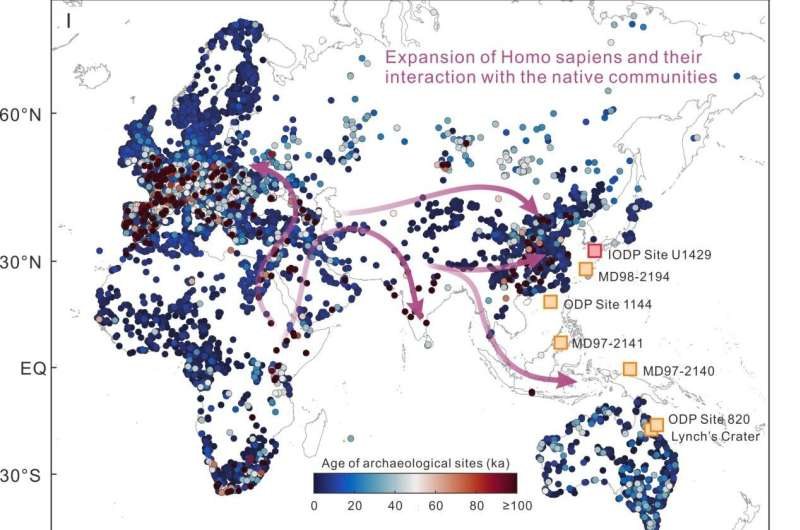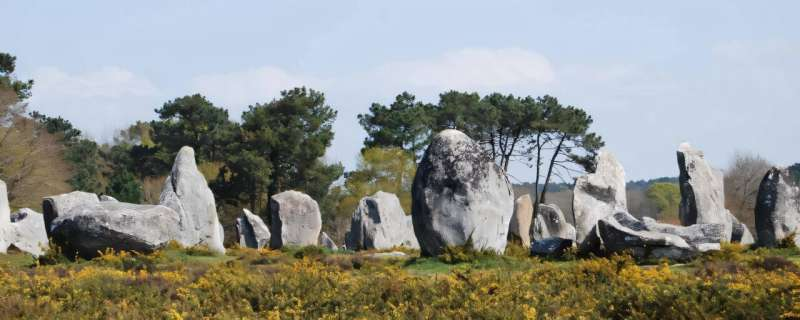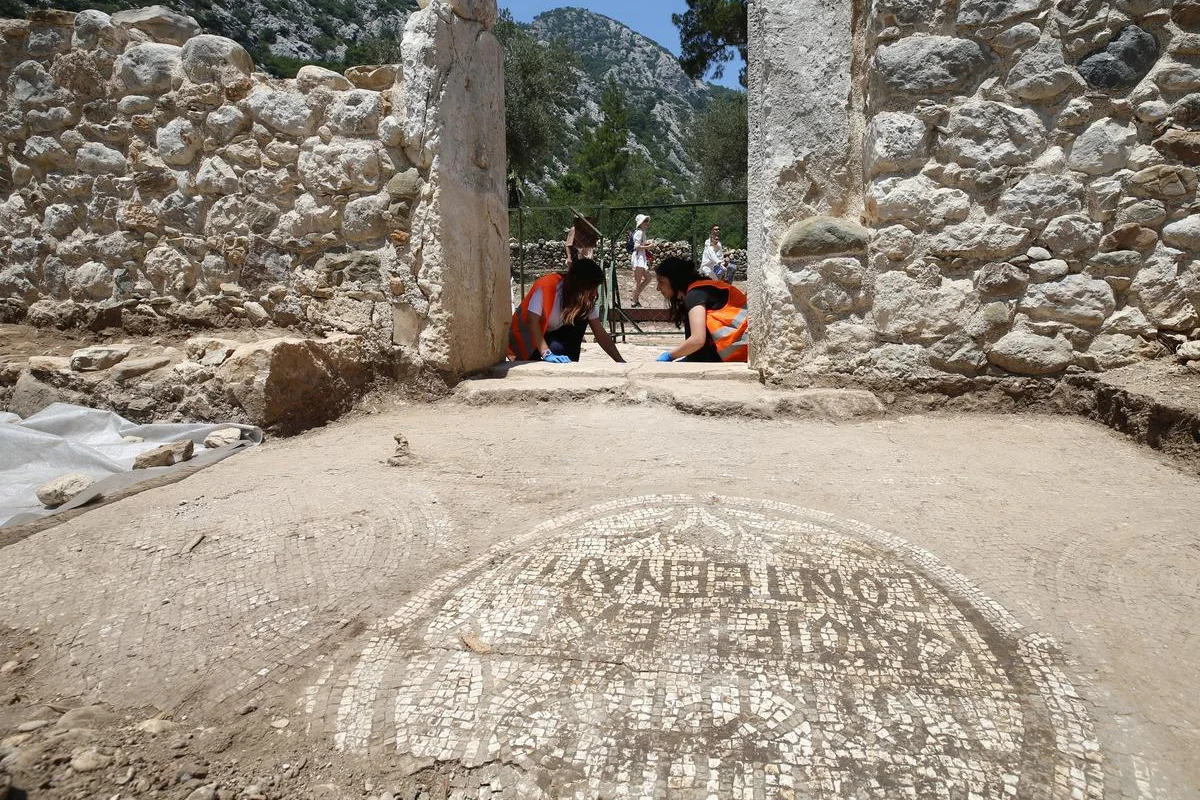Nestled on the island of Lemnos, Poliochni stands as a testament to the ancient roots of European civilization. Recognized as the oldest city on the European continent, Poliochni is a site of immense archaeological and historical significance. Its discovery and excavation have provided scholars with a window into early urban development and the embryonic stages of democratic governance.
Discovery and Excavation
Poliochni was first excavated in the early 20th century by the Italian School of Archaeology at Athens. The site revealed a multi-layered settlement that spanned several millennia, with evidence of continuous habitation from the Late Chalcolithic to the Late Bronze Age. The richness of its artifacts and the complexity of its structures quickly set Poliochni apart as a site of major importance in understanding prehistoric Aegean societies.
The Urban Layout
Poliochni's urban planning is remarkably sophisticated for its time. The city was divided into distinct quarters, each serving different functions. The architecture includes residential areas, workshops, and public buildings, all arranged in a grid-like pattern. This layout indicates a high level of social organization and communal planning, which is quite advanced considering the era in which the city thrived.
Democratic Structures
One of the most intriguing aspects of Poliochni is the evidence of democratic structures within its society. Central to this is the "Bouleuterion," a communal meeting space that points to the practice of collective decision-making. The Bouleuterion served as a gathering place for the city’s inhabitants to discuss and decide on matters of common interest, reflecting an early form of democratic governance.
The presence of the Bouleuterion in Poliochni predates similar structures found in classical Greece by several centuries. This challenges traditional narratives about the origins of democracy, suggesting that the principles of collective governance and public deliberation were experimented with much earlier than previously thought.
The Enigmatic Lemnos Stele: Bridging Aegean And Etruscan Civilizations
Societal Implications
The existence of such democratic practices in Poliochni offers profound insights into the social and political life of its inhabitants. It implies a society where individuals had a say in communal affairs, fostering a sense of participation and responsibility among the populace. This early experimentation with democratic principles highlights the innovative spirit of Poliochni's residents and their contribution to the broader development of political systems in human history.
Cultural and Historical Significance
Poliochni's importance extends beyond its architectural and political innovations. The city's artifacts, including pottery, tools, and jewelry, reveal a thriving culture engaged in trade and craftsmanship. These artifacts provide valuable information about the daily lives, beliefs, and economic activities of the people who lived there.
The city's strategic location on Lemnos also underscores its role as a significant hub in the prehistoric Aegean world. Poliochni likely facilitated interactions between different cultures and regions, contributing to the exchange of ideas and technologies that shaped the development of ancient societies, with its Anatolian features of the earliest layers were affected by cultural influences from Helladic Greece, about the start of Early Helladic II, ca. 2500 BC.
Gold treasure from Poliochni, National Archaeological Museum of Athens
Legacy and Modern Appreciation
Today, Poliochni is celebrated not only as the oldest city in Europe but also as a precursor to democratic governance. Its archaeological remains continue to be a focal point for research and exploration, offering new discoveries and insights into early European history.
Visitors to Lemnos can explore the site and imagine the bustling activity of an ancient city that once stood at the forefront of urban and political innovation. Poliochni serves as a reminder of the deep historical roots of democratic ideas and the enduring legacy of early human ingenuity.
In conclusion, Poliochni is more than an archaeological site; it is a symbol of early urbanism and democratic experimentation. Its discovery has reshaped our understanding of the development of European civilization, highlighting the sophisticated social structures that existed long before classical antiquity. As research continues, Poliochni will undoubtedly remain a key piece in the puzzle of humanity's past, offering inspiration and insight for future generations.










